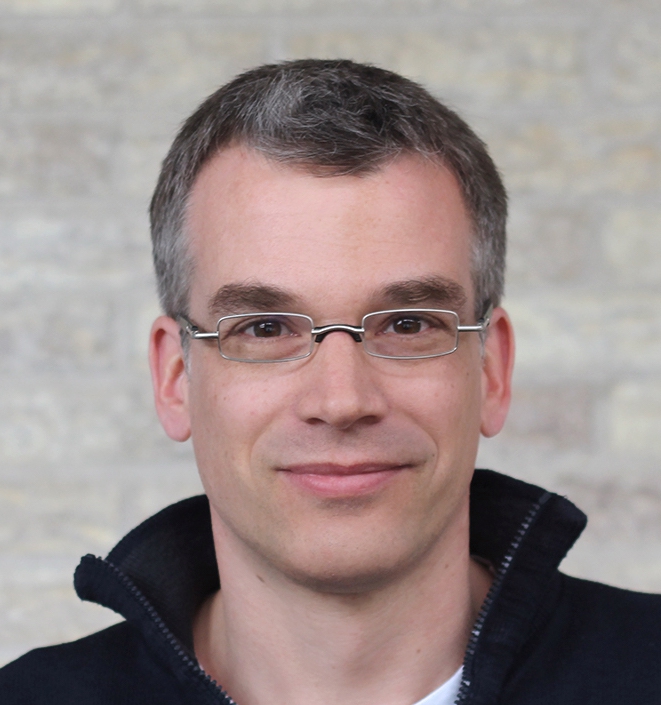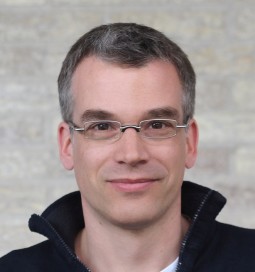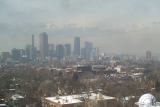
Tackling ozone pollution in Colorado (starts at 3:55): Cooler fall weather might soon bring back the bluebird skies we all love. But last year ozone levels in the Denver metropolitan area were high enough to prompt state health officials to issue ozone action alerts an average of once a week. (This summer has fared somewhat better.) During these ozone alerts, health officials recommend that children, the elderly and people with compromised lungs do not exercise outdoors. Hosts Daniel Glick and Susan Moran interview John Putnam, the environmental programs director for Colorado’s Department of Public Health and Environment, about the science, the sources (the largest being oil and gas operations), the health impacts, and policy approaches to ozone pollution. Governor Jared Polis named Putnam to tackle, among other things, a longstanding problem with the state’s air quality: parts of the state have been out of compliance with federal Clean Air Act standards for more than a decade. Last year, the Environmental Protection Agency upped the ante. It declared that parts of Colorado are in “serious” non-compliance of federal air quality standards for ozone, which we all know as “smog.”
For more info on health impacts, read Susan’s article. For info on in intricacies of the state’s oil and gas rules, read this article by Daniel. And the CDPHE features ongoing info on ozone here.
For info on the “climate strike” this Friday and climate activities over the next week, look here.
Hosts: Daniel Glick, Susan Moran
Producers: Daniel Glick, Susan Moran
Engineer: Joel Parker
Executive Producer: Beth Bennett
Listen to the show here:
Podcast: Play in new window | Download (Duration: 28:01 — 25.7MB)
Subscribe: RSS






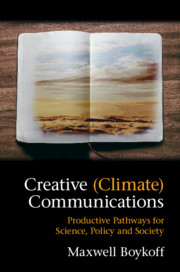
 Creative (Climate) Communications [starts at 7:40] As a climate scientist Professor
Creative (Climate) Communications [starts at 7:40] As a climate scientist Professor 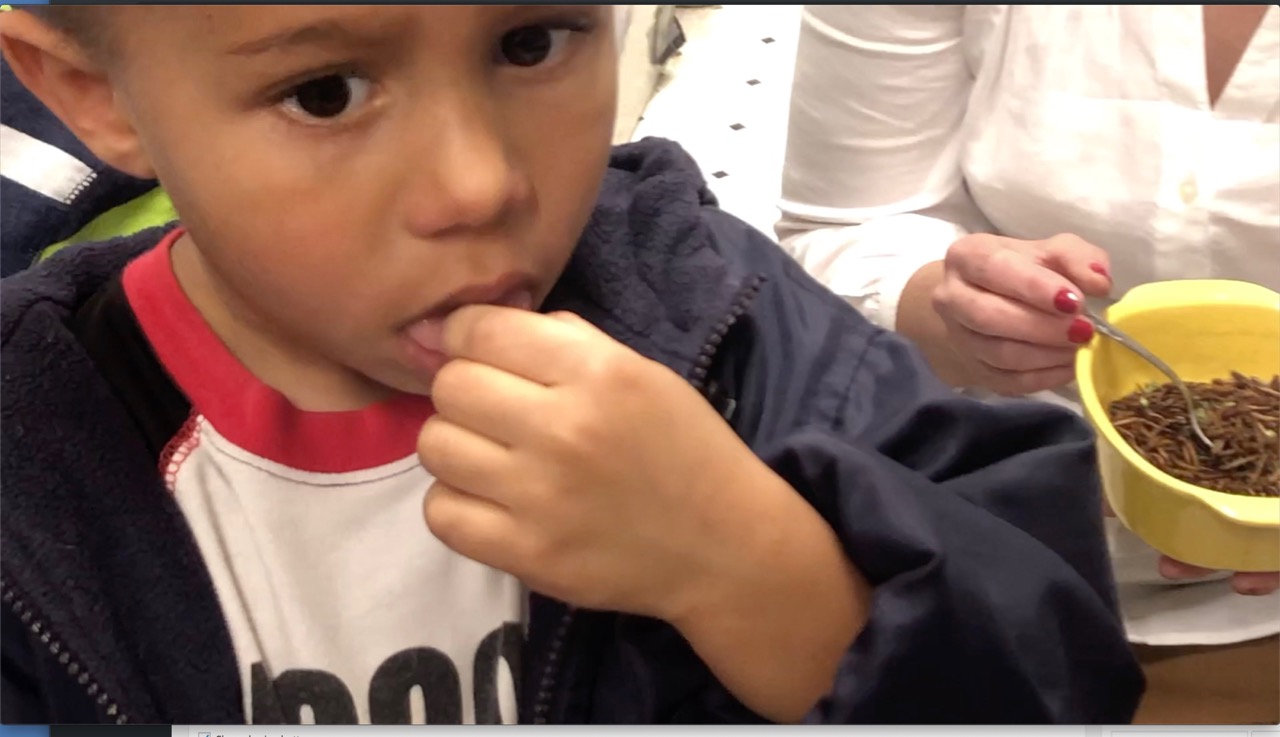
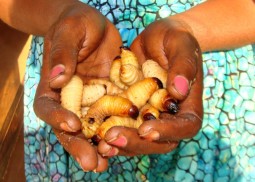

 GLEE (starts at 8:06) We just recently celebrated the 50th anniversary of the first Moon landing. After the Apollo missions, scientists
GLEE (starts at 8:06) We just recently celebrated the 50th anniversary of the first Moon landing. After the Apollo missions, scientists 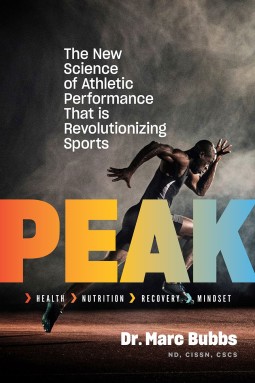
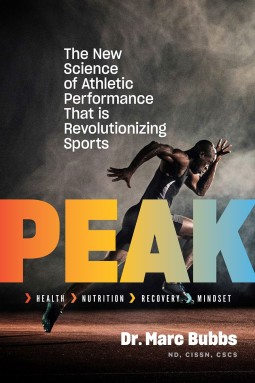 In this episode, Beth speaks with Dr Marc Bubbs, author of Peak: The New Science of Athletic Performance, his book exploring the fundamentals of high performance. He offers science-based strategies on nutrition, training, sleep, recovery, and stress management to optimize performance for all levels of athletes and trainers. You can read more about the book
In this episode, Beth speaks with Dr Marc Bubbs, author of Peak: The New Science of Athletic Performance, his book exploring the fundamentals of high performance. He offers science-based strategies on nutrition, training, sleep, recovery, and stress management to optimize performance for all levels of athletes and trainers. You can read more about the book 

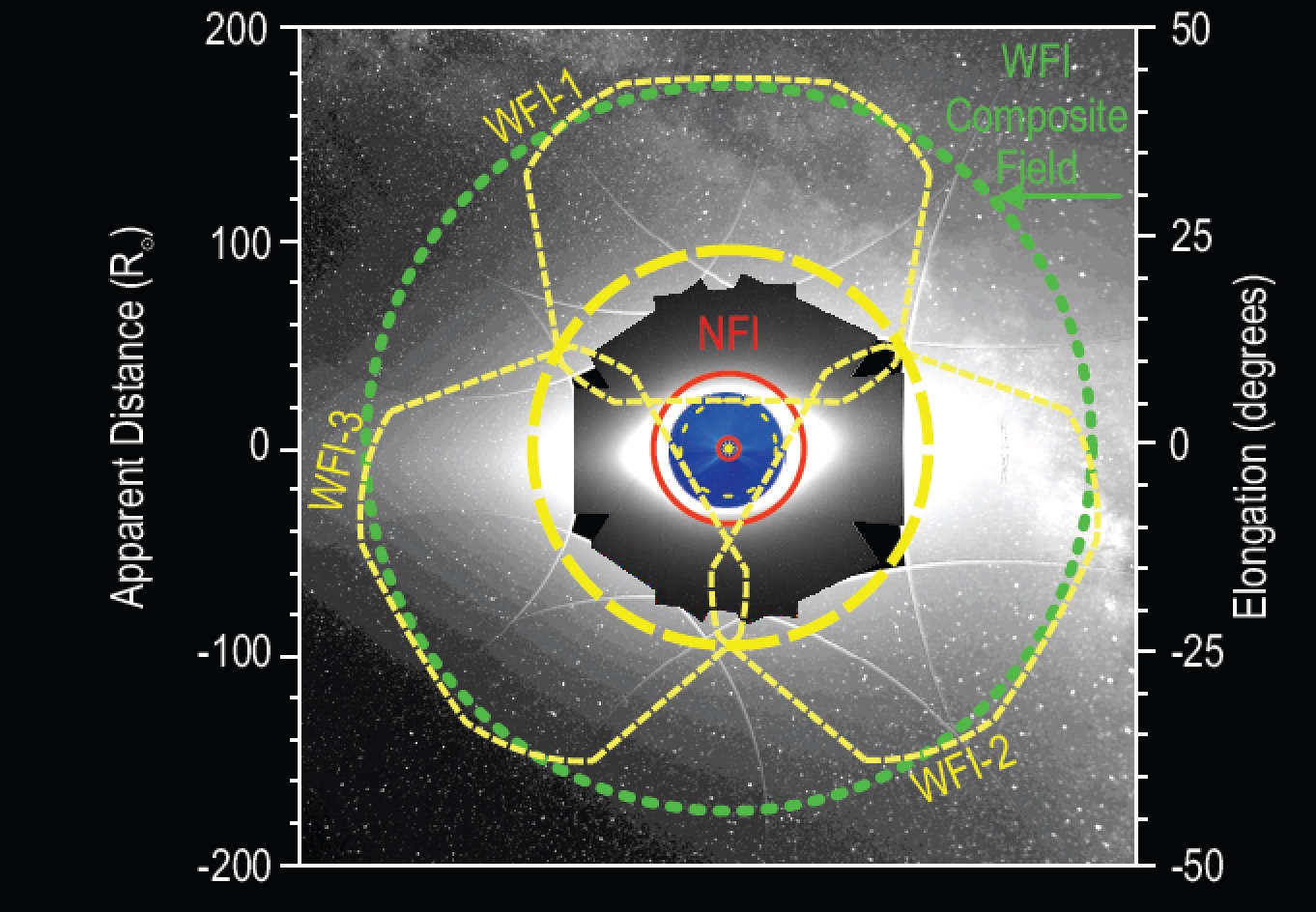


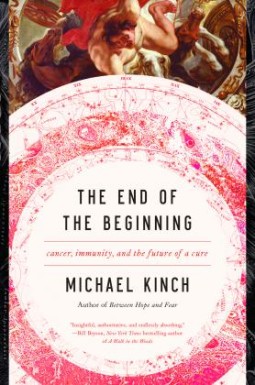 Despite all the advances in modern medical science, a diagnosis of Cancer often casts a pallor of hopelessness, for both the patient and the practitioner. For many types the prognosis is often poor; the cure is often worse than the disease; victory is usually called simply remission, temporary, perhaps fleeting. One might think the inability to find a cure indicates bafflement by our scientists and stagnation in our efforts. According to Professor Michael Kinch, there is in fact a frenzy of activity by scientists and doctors. And a recent spate of breakthroughs, developing treatments based on the inherent powers of our immune systems, represent not a refutation of all we have known before, but a continuation of efforts made by medical pioneers stretching back over a century. His latest book is titled The End of The Beginning: Cancer, Immunity and the Future of a Cure. Kinch was a professor at Purdue University, where he researched breast and prostate cancer. He then went on to found an oncology program at the biotechnology company MedImmune. He is now professor and vice-chancellor at Washington University in St. Louis. Here he shares with Chip Grandits stories from the front lines in the battle with cancer, both past and present. He speaks with what can best be described as a disciplined optimism.
Despite all the advances in modern medical science, a diagnosis of Cancer often casts a pallor of hopelessness, for both the patient and the practitioner. For many types the prognosis is often poor; the cure is often worse than the disease; victory is usually called simply remission, temporary, perhaps fleeting. One might think the inability to find a cure indicates bafflement by our scientists and stagnation in our efforts. According to Professor Michael Kinch, there is in fact a frenzy of activity by scientists and doctors. And a recent spate of breakthroughs, developing treatments based on the inherent powers of our immune systems, represent not a refutation of all we have known before, but a continuation of efforts made by medical pioneers stretching back over a century. His latest book is titled The End of The Beginning: Cancer, Immunity and the Future of a Cure. Kinch was a professor at Purdue University, where he researched breast and prostate cancer. He then went on to found an oncology program at the biotechnology company MedImmune. He is now professor and vice-chancellor at Washington University in St. Louis. Here he shares with Chip Grandits stories from the front lines in the battle with cancer, both past and present. He speaks with what can best be described as a disciplined optimism.